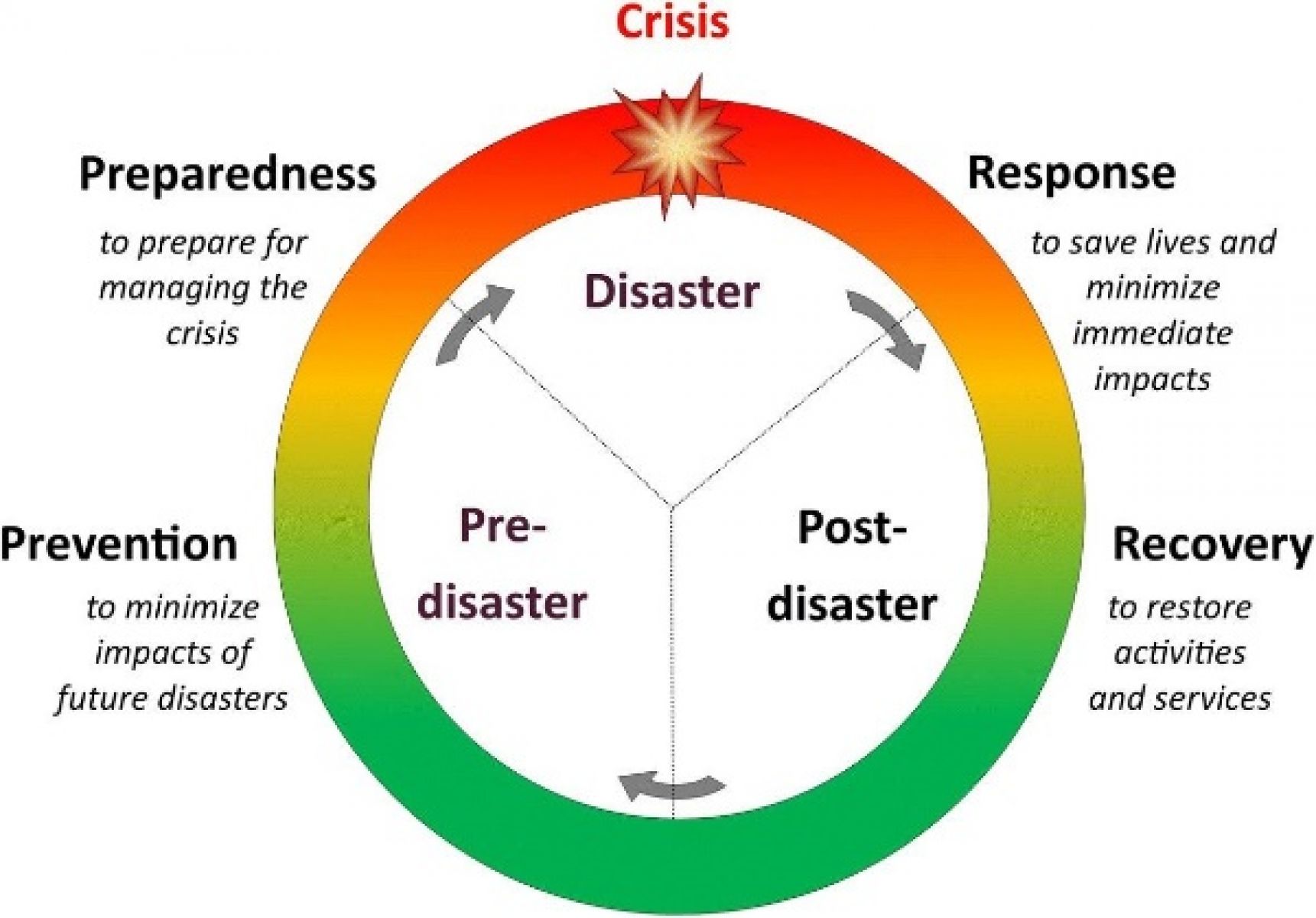On this page:
About disasters
Victoria experiences many natural hazards including bushfire, flood, severe storms, and sometimes earthquakes. These events can be catastrophic, impacting entire communities, and are happening more often and with greater intensity.
A disaster can be described as an event that disrupts your life and pushes you past your ability to cope well. In a disaster, not only is property damaged, but people can lose their homes and businesses, and beloved community treasures – like heritage assets – can be destroyed. As a result, the entire landscape can look completely different, and this too can feel overwhelming.
Heritage matters
Heritage places and objects provide great community benefits, which include creating a sense of place, belonging and identity. Heritage places often serve as landmarks and can provide tangible familiarity in the sea of change that comes after a disaster. Conversely, if heritage places and familiar landmarks are damaged or destroyed in disasters, it can compound the feeling of loss in the community.
The best way to protect your heritage asset is to prepare.
If the heritage you manage is a collection or an object, you will need to understand what is important about it and how the building (or place) where it is kept will protect it (including how it is stored or displayed).
Disaster management guidance
Heritage Victoria draws on the Victorian Preparedness Framework disaster management cycle to provide you with guidance on what you can do to prevent or mitigate the impact of a disaster on heritage places and objects.

Heritage Victoria has categorised the stages of disaster management as: prevention, preparation, response and recovery.
Prevention:
- Activities that are taken before a disaster takes place.
- Activities include those that remove threats or eliminate the negative impacts of them.
- Activities that also sit with government agencies and include things like land use planning. However, prevention activities can be underway all the time in various forms.
Preparation:
- Not all risk can be eliminated, so preparedness activities focus on managing residual risk.
- Activities can be physical (e.g. like fixing roof and groundwater drainage systems); social (e.g. like building community resilience)
- These activities should also be undertaken all the time.
Response:
- Activities that occurs during and immediately after a crisis.
- Activities during this phase primarily relate to protecting lives and assets.
Recovery:
- As response activities wind down, recovery actions begin.
- Activities that include supporting communities through rebuilding infrastructure and providing services supporting emotional, physical, financial, and social wellbeing.
Considerations
During any or all of these stages listed above, Heritage Victoria may advise or require that you engage a conservation consultant (someone who specialises in heritage materials and historic buildings) to work with you. Conservation consultants include conservators, builders, architects, engineers, materials specialists, and remediation professionals.
You should be aware of any legislation (such as planning controls, heritage listings, heritage overlays or a bushfire management overlay) that affects what can be done to your heritage asset. This includes any requirements to obtain permits or consents prior to works.
You can check if your property is included in a heritage listing by visiting the ‘Is my place heritage listed’ webpage or by searching your address on VicPlan (with the appropriate layers turned on). Visit the Heritage Victoria website for information on how to apply for approvals for works to places listed on the Victorian Heritage Register or Victorian Heritage Inventory.
Understand your heritage property
If you want to know what risks your heritage properties face, you need to understand the heritage itself.
Ask yourself these questions:
- Which parts are most important and why? In heritage speak, this is called ‘significance’.
- What are different parts made of and how do these materials react to fire, heat, water or wind?
- What is the layout of the property?
- Who visits the property and why? Who uses or has an interest in the property (e.g. visitors, the relevant heritage authority, cleaners, security, neighbours, friends and family). Understanding who these people are can help you understand your property and help you get better prepared.
- How do people come and go from the property? Do they only use formal pathways and gates, or is there a spot the local school kids like to jump the fence for fun?
- Is the property on a hill, or in a low-lying area? What other factors that you cannot control might affect the heritage asset?
- Are you in an urban, regional, or rural location – and what does this mean for your vulnerability to different emergency events?
- Is there heritage legislation you need to be aware of (e.g. state regulation, national or local)?
Page last updated: 10/07/24